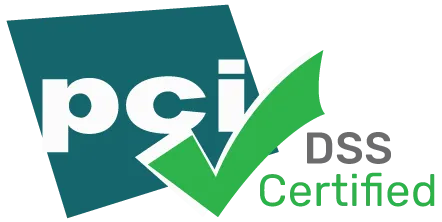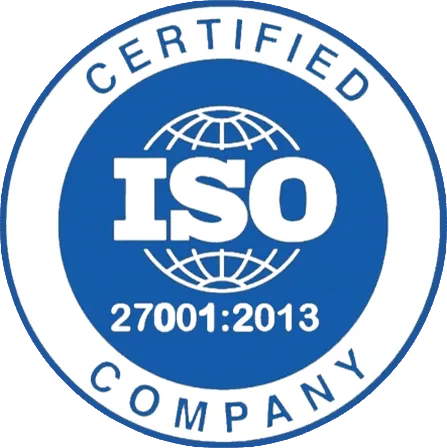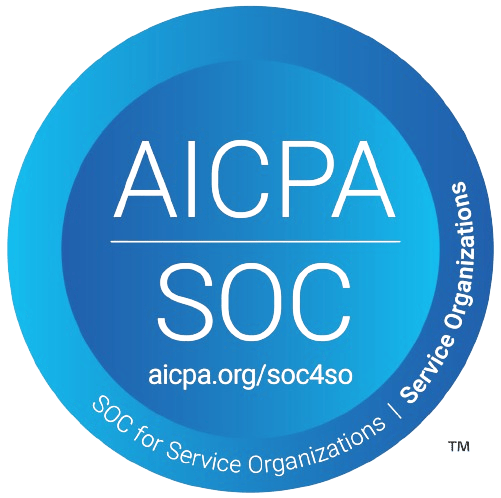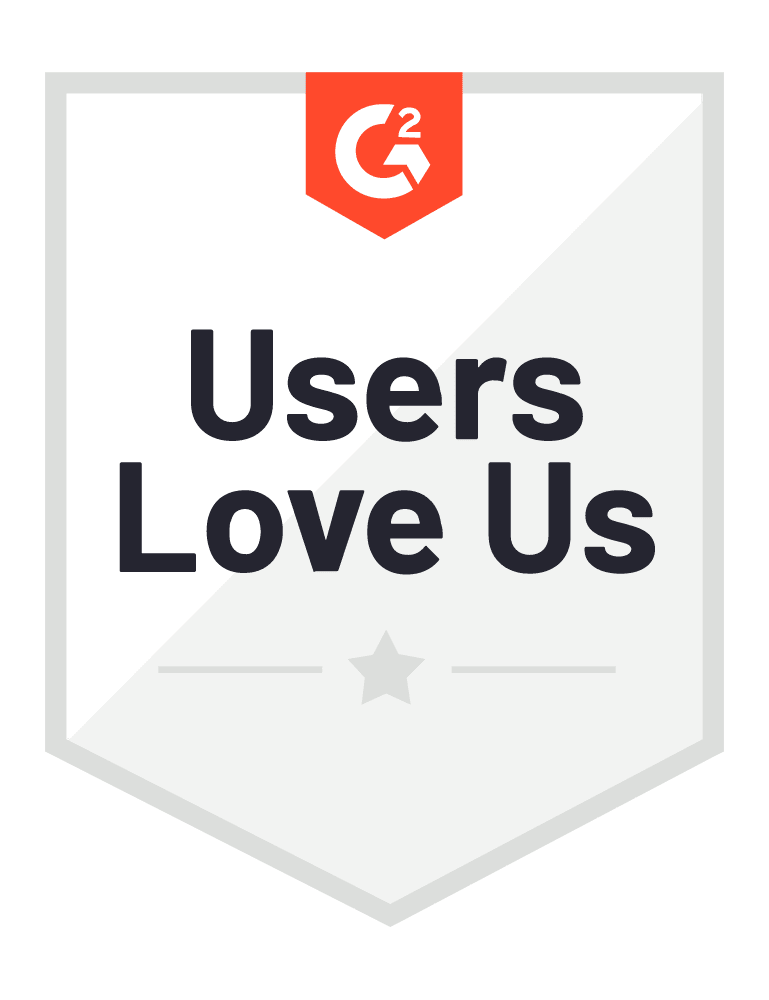What is Multilingual Ecommerce?
Multilingual Ecommerce is the practice of doing online business through a website that is in multiple languages. The website can have different languages for all its pages and flows or it may use multiple languages for selected pages and flows. This type of ecommerce arrangement is especially beneficial for reaching the global markets where customers speak different languages. It can also be very useful for connecting with domestic buyers in countries that have diverse languages.
The multi-language website works as a translator between the customer and the business. Customers tend to buy more when they find a website that uses their native language. Only
25.2% of the total people using internet uses English as their main language. (Source), which means that 74.8% customers can be targeted better by offering them a website in their native language.
Advantages of a Multilingual Website
Having a website in more than one language helps online businesses benefit from internationalization and localization. The advantages of having multiple language on an ecommerce site are;
Improved communication and better connect with customers
Reach a wider customer base
Rank higher in the SERPs with language-specific keywords
Boost conversions with less competition
Wins customer trust and builds a loyal customer base
Improved ROI with targeted multilingual marketing
More powerful content with language-specific nuances
Gives an edge projecting the business as global
Best Practices for Building a Website in Multiple Languages
To benefit the most from your polylingual website you should take care of the following best practices;
Natural Language
The translated content on the website should not look like machine translation. The natural form and flow of each language should be maintained.
Culture and Language
Along with language the cultural considerations associated with the language and its specific sensitivities should also be addressed. A combination of automatic translation along with manual edits can help in overcoming any discrepancies.
Easy Toggle
A multi-language website should have a toggle button to change the languages. The toggle button should be easily visible and accessible from any page so that the users to easily switch between the languages without the need to keep going back to the home page.
Unique URLs
To get the best benefit of SEO and SERP rankings each language page should have a unique URL. For example,
www.mystore.com/FAQ
www.mystore.com/en/ FAQ for English
www.mystore.com/fr/FAQ for French and so on.
User Experience
The user experience on a multilingual website should be consistent. If you have a website that uses multiple languages partially, make sure to let your users know about the pages that cannot be translated.
Multilingual websites can contribute to the immense growth of the business. An ecommerce platform with extensive features and tools to turn a website into multiple languages can make the task faster and easier.
















